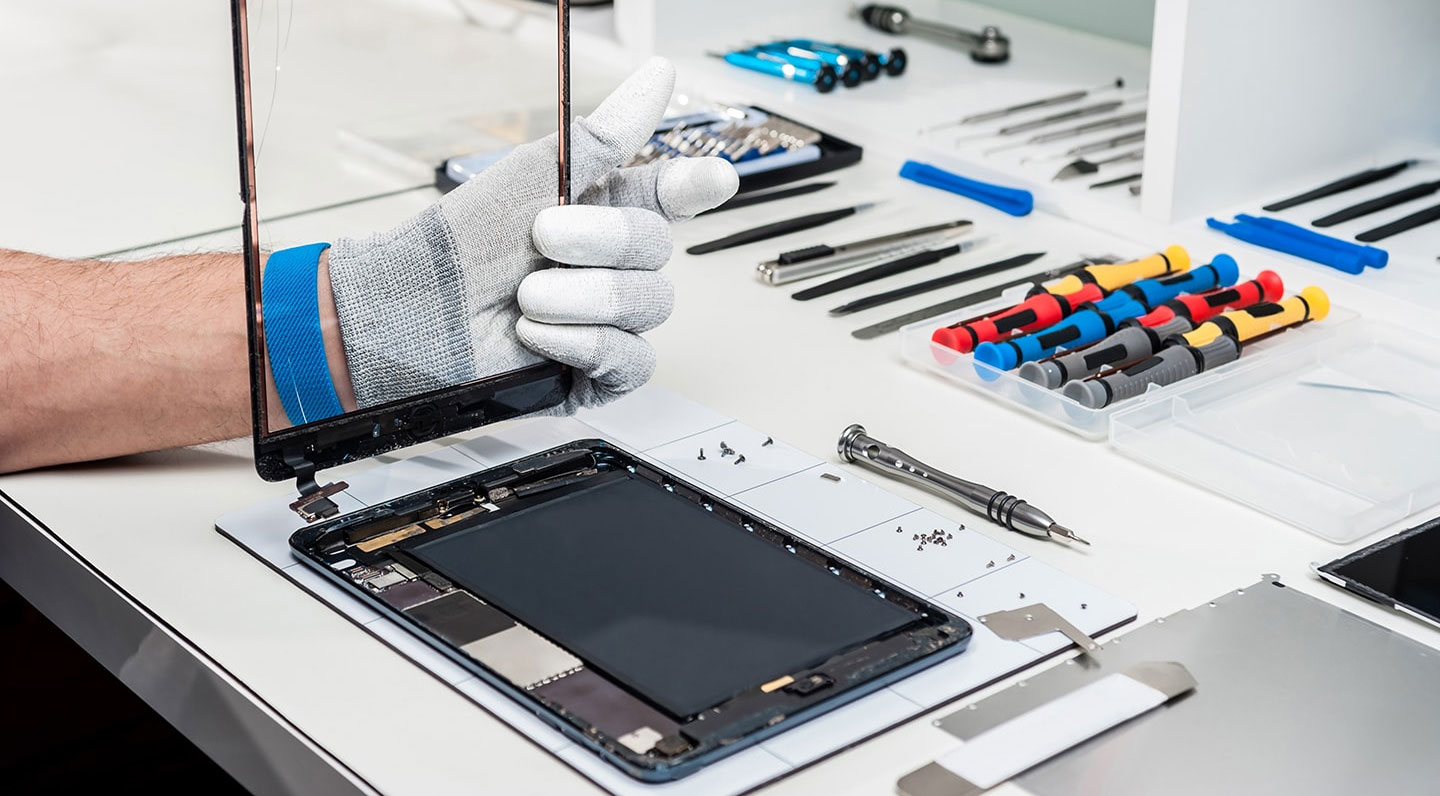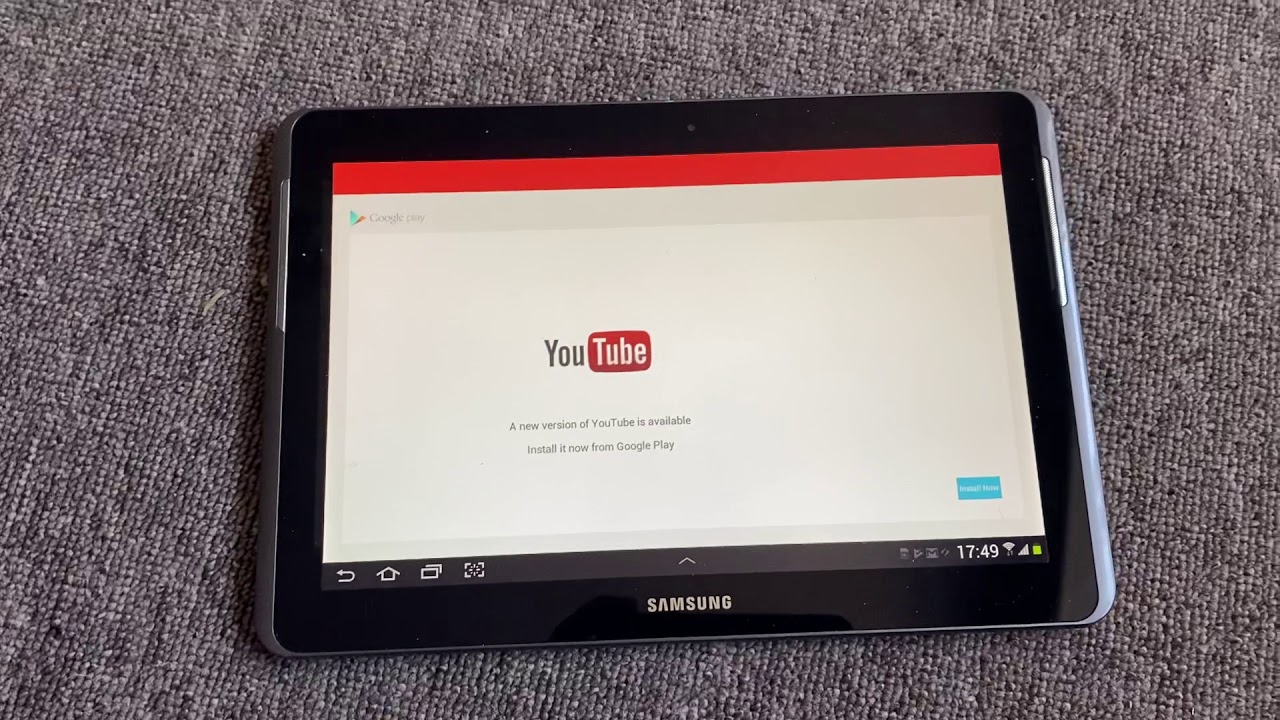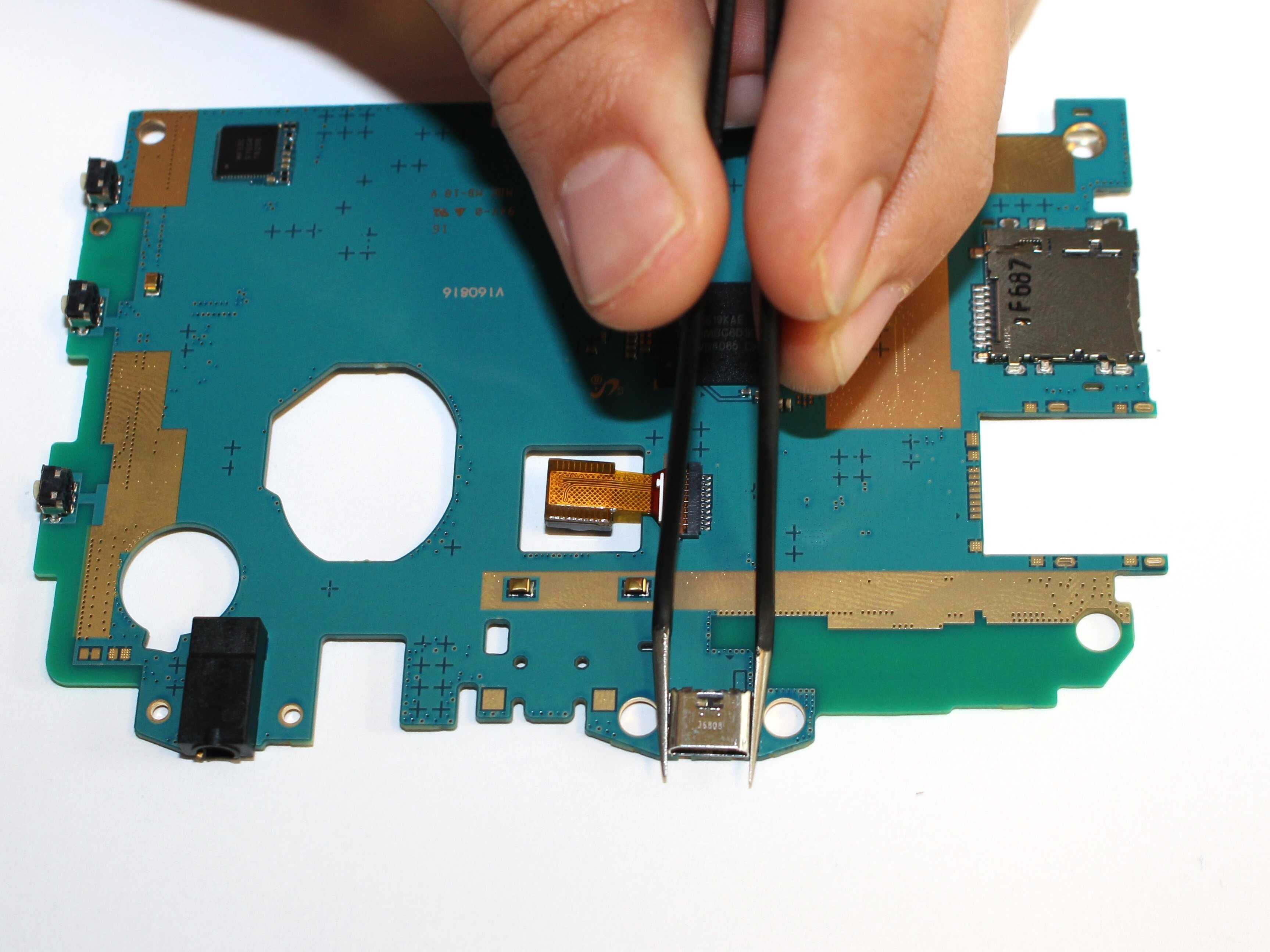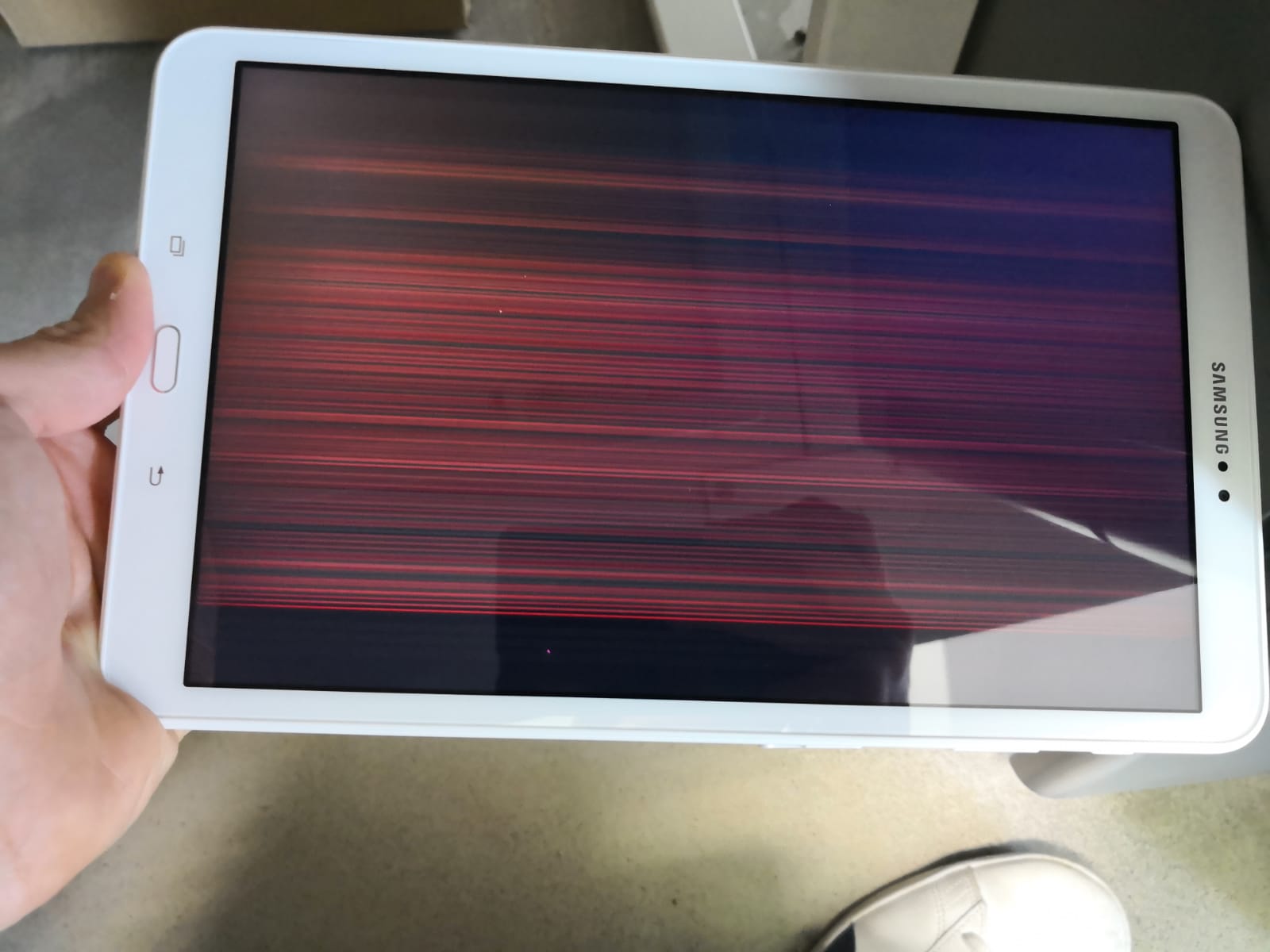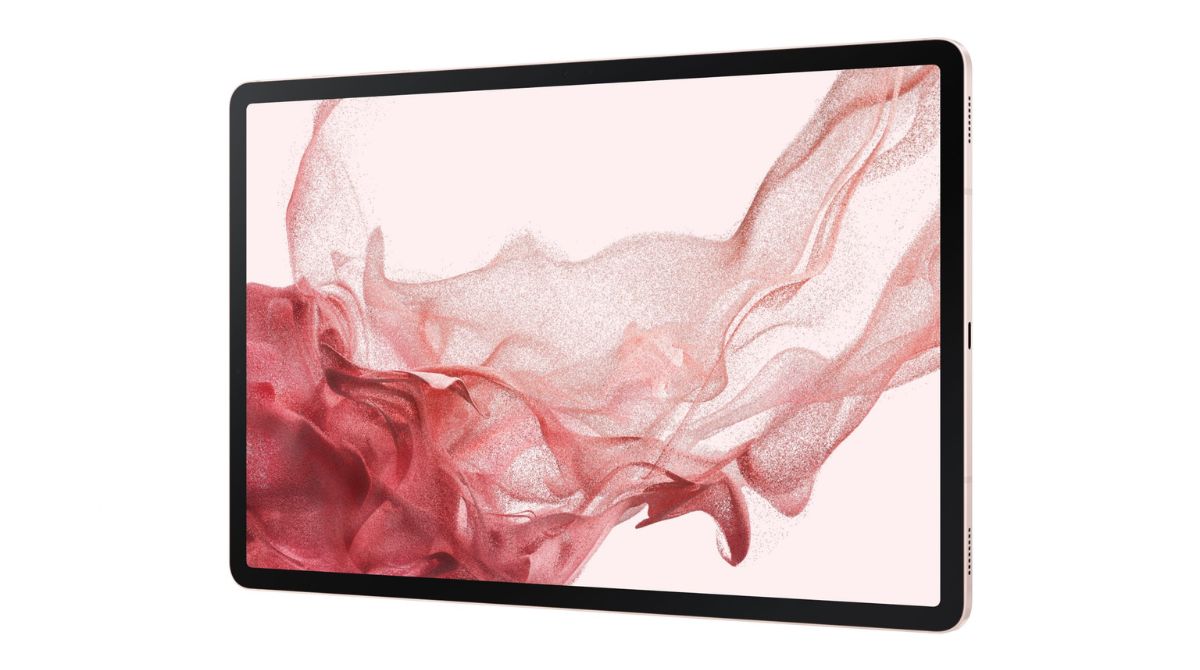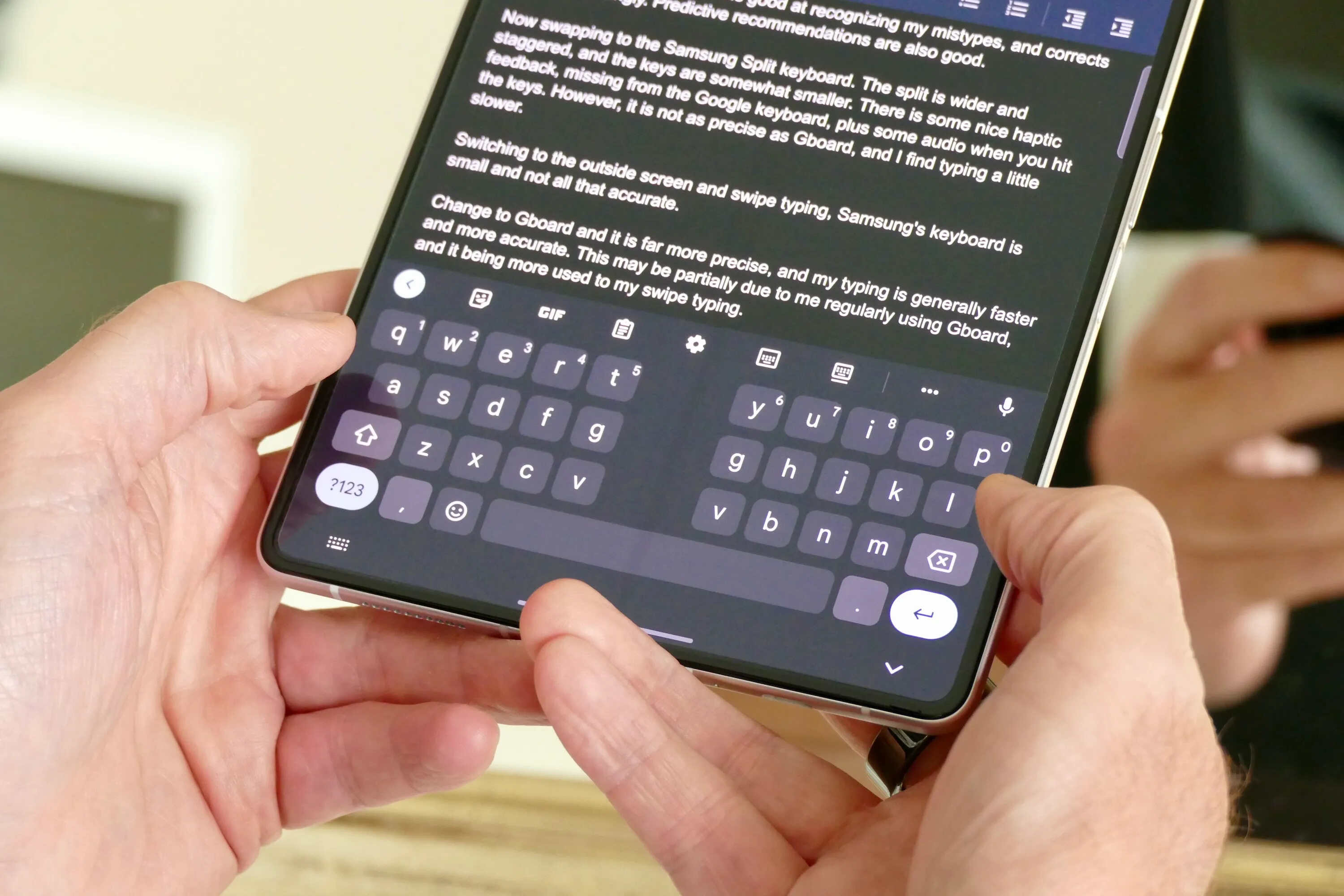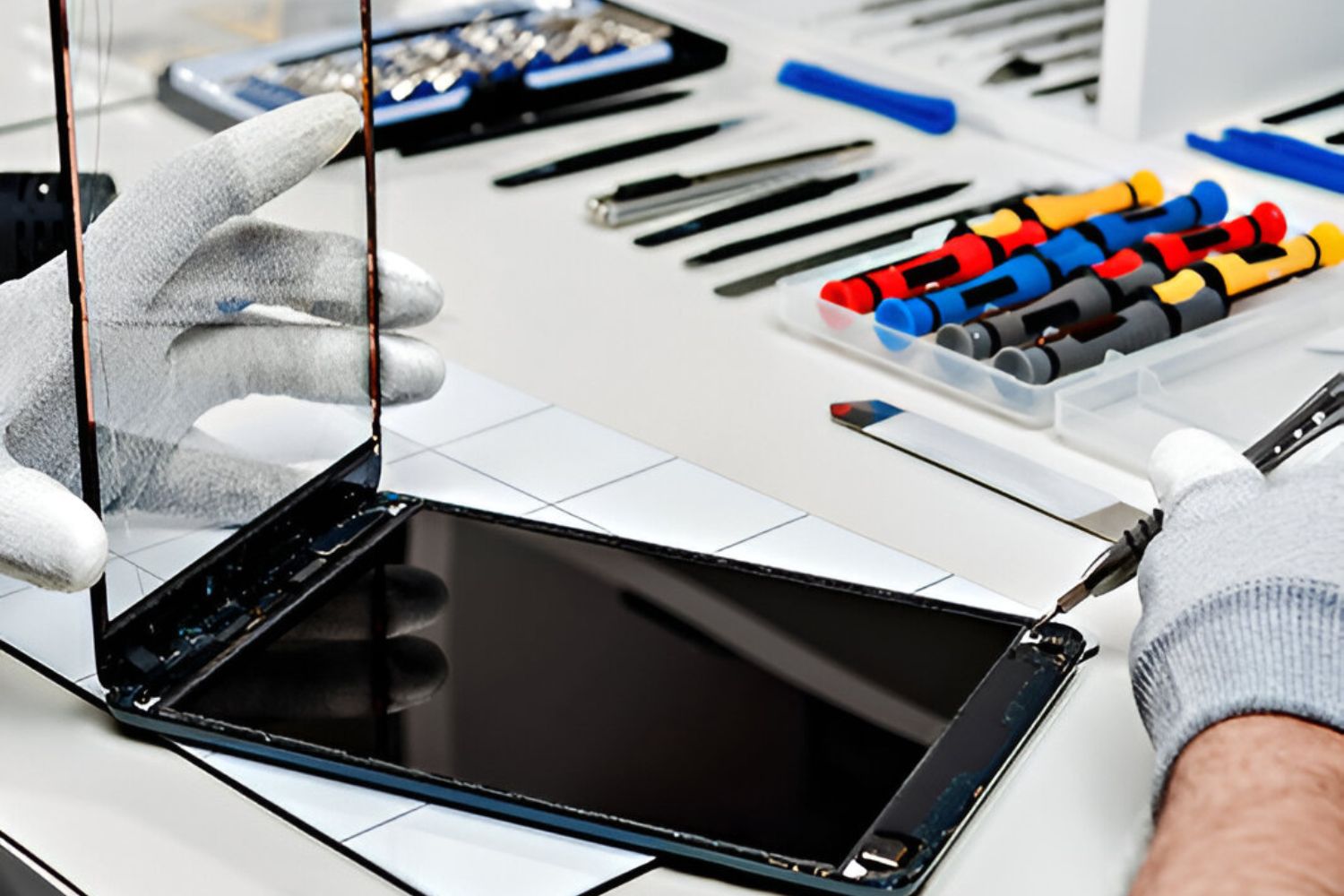Introduction
Are you experiencing issues with your tablet and looking for ways to fix it? Don’t worry, you’re not alone. Tablets have become an essential part of our lives, offering convenience and portability. However, like any electronic device, they can encounter problems from time to time. Whether it’s a frozen screen, slow performance, or unresponsive apps, troubleshooting your tablet can help resolve these issues.
In this article, we will guide you through some simple troubleshooting steps to fix common problems with tablets. From basic restarts to more advanced solutions, you will learn how to get your tablet back on track and running smoothly.
Please note that these steps are general and may vary slightly depending on the make and model of your tablet. Additionally, it’s important to consider that these troubleshooting methods primarily focus on software-related issues. If your tablet has physical damage or hardware problems, it’s advisable to seek professional assistance or contact the manufacturer’s customer support.
So let’s dive into the troubleshooting process and get your tablet working as good as new!
Restart your Tablet
If you are experiencing any minor glitches or unresponsive apps on your tablet, a simple restart may be the solution. Restarting your tablet clears the temporary memory and refreshes the system, resolving many common issues.
To restart your tablet, follow these steps:
- Press and hold the power button until the power options menu appears.
- Select the “Restart” or “Reboot” option.
- Allow your tablet to power off completely.
- After a few seconds, press and hold the power button again until the device powers back on.
Once your tablet restarts, check if the issues you were experiencing have been resolved. Often, a simple restart can fix minor software glitches and restore normal functionality to your tablet.
If the problem persists after restarting, proceed to the next troubleshooting solution.
Clear Cache and Data
If your tablet is running slow or apps are crashing frequently, clearing the cache and data can help improve performance and resolve certain software issues. Cache and data files accumulate over time and can sometimes become corrupted, leading to performance problems.
To clear the cache and data on your tablet, follow these steps:
- Go to the Settings menu on your tablet.
- Find the “Apps” or “Applications” section, depending on your device.
- Scroll through the list of installed apps and select the one(s) causing issues.
- Within the app settings, you will see the options to clear cache and clear data. Start by clearing the cache first.
- If clearing the cache doesn’t resolve the problem, you can proceed to clearing the data. Note that clearing the data will remove app-specific settings, accounts, and saved data, so use this option with caution.
Once you have cleared the cache and data for the problematic app(s), reboot your tablet and see if the issues are resolved.
It’s important to note that clearing the cache and data may require you to sign in to certain apps again and reconfigure settings. Additionally, this troubleshooting step should be performed selectively, focusing on specific apps that are causing problems rather than clearing cache and data for all apps on your tablet.
If clearing cache and data doesn’t resolve the issue, continue to the next step in troubleshooting.
Check for System Updates
Keeping your tablet’s operating system up to date is crucial for optimal performance and security. System updates often include bug fixes, stability improvements, and new features that can help resolve common issues on your tablet.
To check for system updates on your tablet, follow these steps:
- Open the Settings menu on your tablet.
- Scroll down and select the “System” or “About” option.
- Look for an option like “Software Update,” “System Update,” or “Update Firmware.”
- If an update is available, your tablet will prompt you to download and install it. Make sure you have a stable internet connection and sufficient battery life before proceeding.
- Follow the on-screen instructions to download and install the update.
Once the update is installed, your tablet will restart, and the new software version will be applied. This can address known software issues and improve the overall performance of your tablet.
If there are no pending system updates, it’s advisable to periodically check for updates to ensure you have the latest software installed.
If updating your tablet’s operating system doesn’t fix the problem, proceed to the next troubleshooting step.
Check for App Updates
Outdated apps can often cause compatibility issues and performance problems on your tablet. Developers regularly release updates to their apps, addressing bugs, introducing new features, and enhancing overall stability. Checking for app updates and installing them can help resolve various issues you may be experiencing.
To check for app updates on your tablet, follow these steps:
- Open the Google Play Store or the respective app store on your tablet.
- Tap on the menu icon (usually represented by three horizontal lines) to open the side menu.
- Look for an option like “My apps & games,” “Updates,” or a similar label.
- A list of installed apps with available updates will be displayed.
- Select “Update” next to the app(s) that require an update, or tap “Update all” to update multiple apps simultaneously.
Ensure that you have a stable internet connection and sufficient storage space on your tablet before updating your apps. Large updates may require you to connect your tablet to a Wi-Fi network.
After updating your apps, restart your tablet and check if the issues you were facing have been resolved. Updating apps not only fixes bugs but can also improve compatibility with your tablet’s operating system, resulting in smoother performance.
If updating the apps doesn’t solve the problem, proceed to the next troubleshooting step.
Perform a Factory Reset
If you have tried all the previous troubleshooting steps and are still experiencing persistent issues with your tablet, performing a factory reset can be a last resort to resolve software-related problems. A factory reset will erase all data and settings on your tablet, restoring it to its original factory state.
Before performing a factory reset, it’s crucial to back up any important data or files on your tablet. This can include photos, videos, documents, and any other data you want to keep. Once the reset is complete, all data will be permanently deleted.
To perform a factory reset on your tablet, follow these steps:
- Go to the Settings menu on your tablet.
- Scroll down and select the “System” or “About” option.
- Find and tap on the option called “Reset,” “Backup & reset,” or a similar label.
- Choose the option to perform a “Factory data reset” or “Erase all data.”
- Read the warnings and confirm your decision to proceed with the reset.
Once the factory reset process begins, your tablet will reboot and erase all data and settings. It may take a few minutes to complete.
After the reset is finished, set up your tablet as if it were brand new, following the on-screen instructions. At this point, you can choose to restore your backed-up data or start fresh.
A factory reset can often resolve stubborn software issues, but it’s important to note that it should be used as a last resort. Only perform a factory reset if all other troubleshooting steps have failed to fix the issues you’re experiencing.
Contact Customer Support
If you have exhausted all the troubleshooting steps mentioned above and your tablet is still not functioning properly, it may be time to reach out to the manufacturer’s customer support. The customer support team is trained to assist with more complex issues and can offer personalized solutions based on your specific device model.
Before contacting customer support, make sure to gather important information about your tablet, such as the make, model, and serial number. This will help the support team identify your device and provide more accurate assistance.
To contact customer support for your tablet, follow these steps:
- Visit the manufacturer’s website and look for the “Support” or “Contact” section.
- Find the appropriate contact method, which could be live chat, email, or a phone number. Choose the option that suits you best.
- Provide the necessary details about your tablet, along with a clear and concise description of the issue you are facing.
- Follow the instructions provided by the support team for further troubleshooting or assistance.
Customer support can provide guidance on specific issues and offer advanced troubleshooting steps or repair options. They may also be able to help if your tablet is still under warranty and requires professional repair or replacement.
Remember to be patient and polite when communicating with customer support. Clearly explain the issue and any troubleshooting steps you have already taken. Provide any relevant details or error messages you have encountered to help expedite the resolution process.
Contacting customer support can often provide a solution to complex tablet problems, ensuring that your device is functioning optimally once again.







